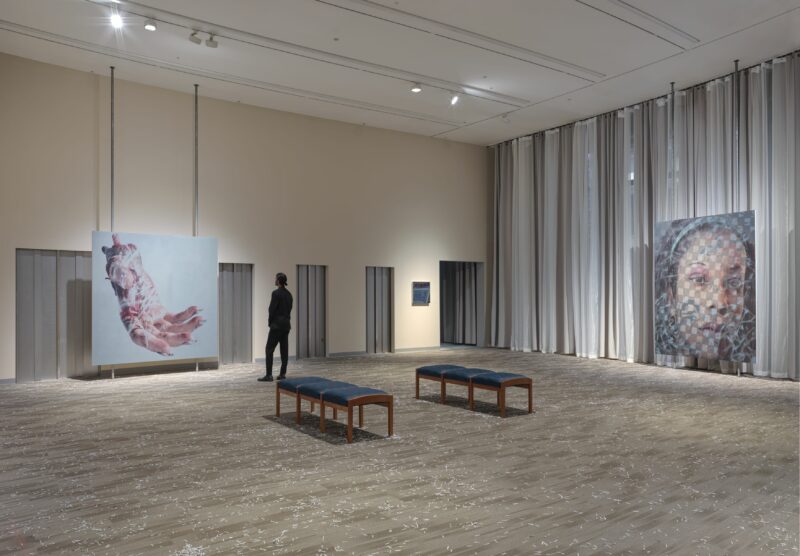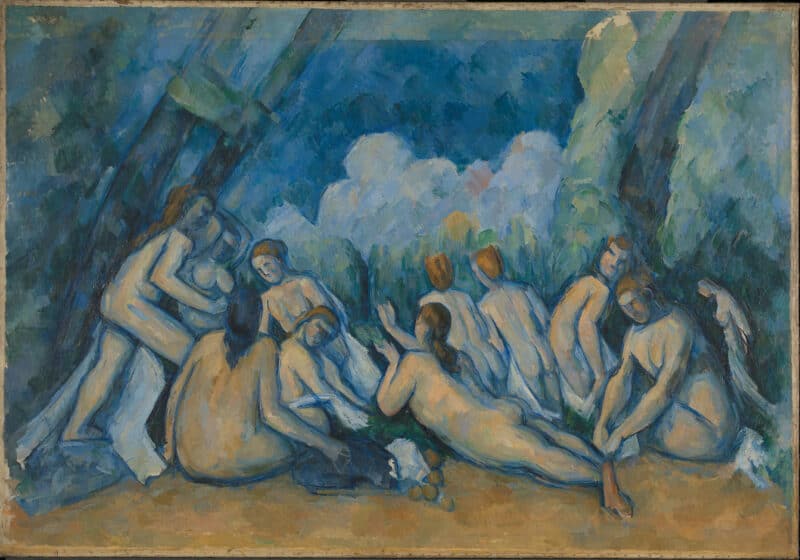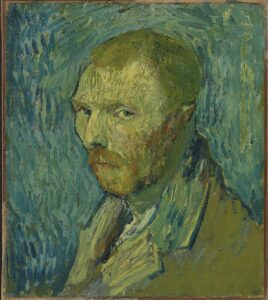
The Royal Academy’s hotly anticipated Van Gogh exhibition has been deemed one of the “most important exhibitions ever held at RA” by director of exhibitions Kathleen Soriano and is expected to be one of the gallery’s most successful shows to date. It is the first major show devoted to Van Gogh to be staged in London for 40 years and includes several works which have never before been displayed in the UK. The show has been ten years in the making but will finally be open to the public from 23rd January who will undoubtedly relish this unique opportunity to gain an insight into the complex mind of Vincent van Gogh.
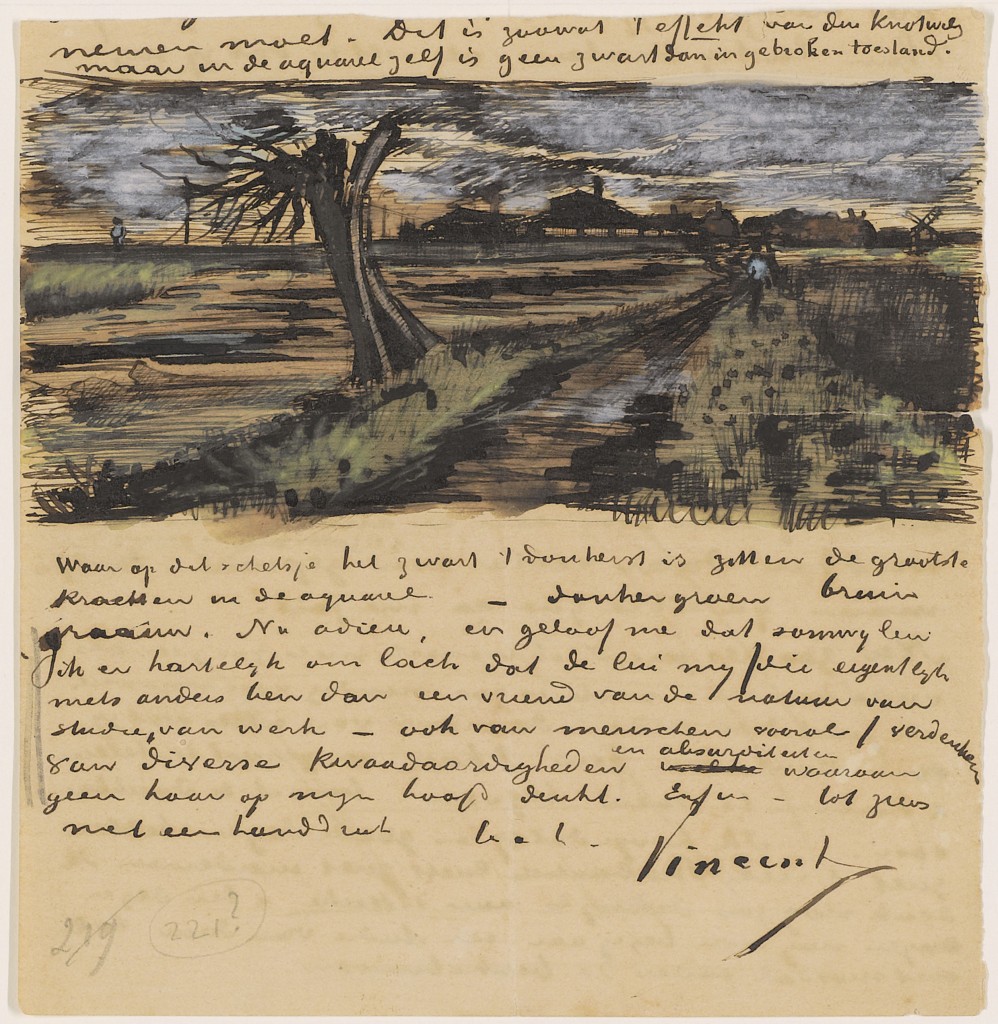
At the heart of the exhibition lies a collection of over 800 letters by the artist, his friends and family, painstakingly collected and prepared over the years by a team at the Van Gogh Museum in Amsterdam. Over 35 of these original letters are displayed throughout the RA exhibition having rarely before been exhibited due to their intense fragility. Each letter is displayed in correspondence with specific paintings or drawings offering a fascinating insight into the artist’s vision, inspiration and motivation. Curator Ann Dumas explained that her intention was to create the impression that Van Gogh is taking you around his own exhibition. The desired effect is certainly achieved. In his enthralling correspondences Van Gogh describes his methods in acutely intricate detail from colour choice and subject matter to areas in which he struggled such as, “that down right witch-craft or coincidence” – perspective, as Van Gogh apparently put it. Dumas explained, “No artist has ever before left such a complete correspondence of how he went about his artistic career”.
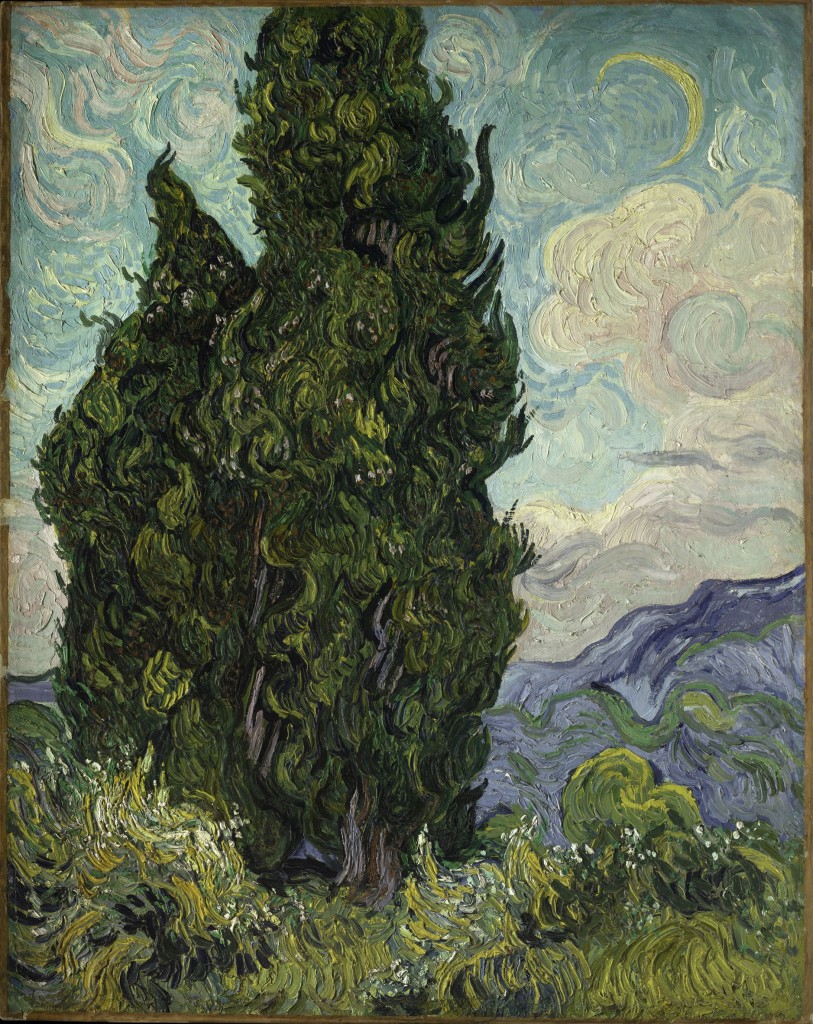
Upon entering the exhibition, the first room displays only one work, a still life of the artist’s drawing table painted shortly after his break down in December 1888 when he famously mutilated his own ear. The most notorious fact associated with Van Gogh is very deliberately confronted from the start of the show in order to be turned on it’s head from there on in. Whilst the Van Gogh of popular myth is a mad and erratic genius, by following his works alongside his letters, a new image emerges of a sensitive, determined, hard working and exceptionally intelligent man. Through his writings the artist’s incredible gift for language is portrayed in a way that has previously never been credited to him.
Between the seven galleries the exhibition explores Van Gogh’s short 10-year career as an artist, predominantly in chronological order. Beginning with his early sketches of Dutch landscapes and moving on to his dazzlingly bold depictions of the Mediterranean countryside of Arles, the artist’s spiritual love affair with nature becomes evident. His vividly expressive descriptions of the beauty he saw around him convey his struggle to achieve artistic perfection. In one letter to his brother Theo he exudes, “In all of nature, in trees for instance, I see expression and soul”. The colour notations alongside his sketches and clear descriptions of his plans for future works go further to dispel the myth that Van Gogh worked sporadically or spontaneously. In fact, it becomes evident that the majority of his works were intricately choreographed pieces.
In the final galleries are housed the most recognisable of Van Gogh’s works with the notably dynamic, energetic, swirling brush strokes for which he is famed. The sad fact that several of these paintings are slices of landscape viewed from the restricted view of his asylum in Saint-Rémy-de-Provence are a stark reminder of the artist’s troubled mental state. At the age of only 37, Van Gogh shot himself, “perhaps”, speculates Dumas, “due to a sense of failure as an artist or a fear of the reoccurring attacks on his mental health”.
The Real Van Gogh: The Artist and His Letters was curated by Ann Dumas of the Royal Academy of Arts, London, in collaboration with Leo Jansen, Hans Luijten and Niewn Bakker of the Van Gogh Museum, Amsterdam. The Exhibition runs from 23rd January – 18th April 2010.

